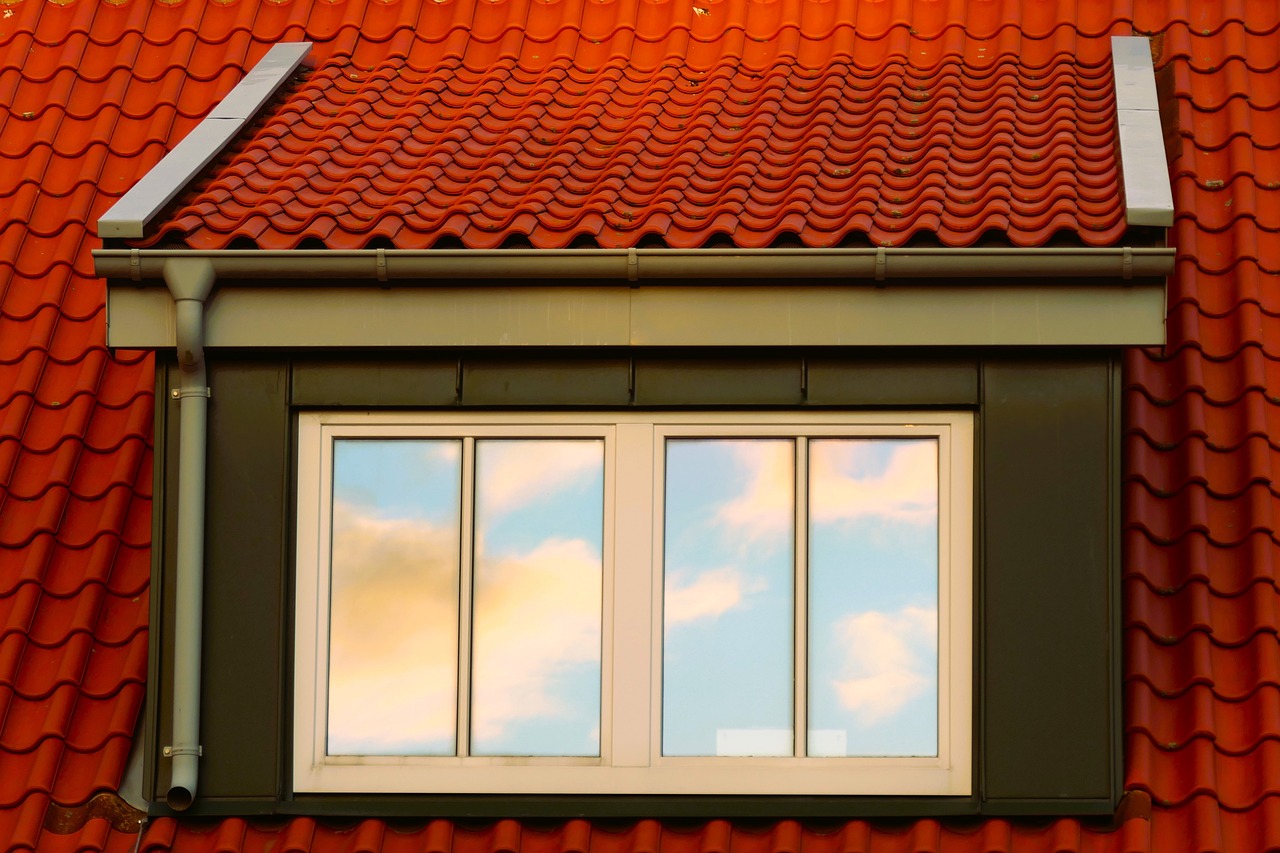In the realm of architectural enhancements, few features can elevate a building’s aesthetics and functionality quite like skylights. These windows to the sky not only flood interiors with natural light but also infuse spaces with a sense of openness and connection to the outdoors. Whether you’re aiming to brighten up a dimly lit room or transform a living space, adding skylights to your structure can be a game-changing endeavor.
In this blog post, we’ll take you through the comprehensive process of installing skylights, from the initial assessment to the final touch.
Assessment and planning
Starting a skylight installation project can be an exciting undertaking. However, it’s important to begin the process with a comprehensive assessment of your building. This means taking into consideration the orientation of the structure, the layout of the rooms, and the architectural style.
By doing this, you can identify the best areas to install skylights to maximize their impact. Remember, this initial phase is critical as it lays the foundation for the rest of the project. Taking the time to carefully assess your building will help ensure that the final result is not only aesthetically pleasing but also practical and functional.
Design and Sizing
When it comes to adding skylights to your home, the size and shape of the windows are just as important as their placement. The options for skylight designs are endless, from standard fixed styles to vented models that can be adjusted to control ventilation. But it is crucial to ensure that your skylights blend both functionality and aesthetics to create the perfect balance.
Additionally, consider the material of the skylight, such as aluminum extrusions that provide durability and style. Matching the size of your skylight to the dimensions of your room is essential, as it will determine the amount of natural light that you let in.
Permitting and regulations
Before taking on any construction project, whether it be large or small, it’s crucial to ensure that the necessary permits and regulations are in place. This is especially true when it comes to installing a skylight in your home or building.
Safety standards and zoning requirements can vary by location, so it’s essential to research local building codes to ensure compliance. By securing any necessary permits or approvals before starting the installation process, you can avoid potential fines and setbacks.
Roof inspection
Like any construction project, the success of a skylight installation hinges on a solid foundation. Before moving forward with the installation, it’s important to conduct a thorough inspection of your roof’s structural integrity. Address any issues such as leaks, damaged shingles, or weakened sections that need repair.
A sturdy roof will provide the necessary support for your skylights to withstand the elements and ensure a beautiful addition to your home for years to come. Don’t overlook this important step – it could be the difference between a successful installation and a headache down the road.
Flashing installation
When it comes to skylight installation, flashing is a must-have element to ensure that your space remains leak-free. The flashing acts as a protective layer around the edges of the skylight opening, preventing any moisture infiltration into your building.
Typically made of metal or rubber, this important tool directs water away from the skylight, eliminating the risk of any pesky leaks springing up unexpectedly. By properly installing this vital component, you can enjoy all the benefits of natural light without any of the headaches that can come with weather-related issues.
Skylight installation
One important step in the installation process is to make sure that you carefully position the skylight in the framed opening. This means making sure it’s level and properly aligned so it doesn’t leak or cause any other issues down the line. Once you’ve got it positioned just right, it’s important to secure it using appropriate fasteners. It’s always a good idea to follow the manufacturer’s guidelines to make sure you’re using the right materials and techniques for a secure fit.
Sealing and insulation
To fortify the skylight against the elements, it’s crucial to apply a waterproof sealant around the edges to prevent any future damage. Additionally, insulating around the skylight will regulate indoor temperatures, providing comfort and energy savings during the colder months. Take the time to protect your home and invest in its longevity by ensuring your skylight is properly fortified.
Finishing touches
The interior finish is just as important in creating a seamless, polished look that enhances both the aesthetics and the functionality of the space. By installing trim or molding around the skylight, you can integrate it into the room’s design, creating a cohesive look that feels intentional and thoughtful. Whether you’re looking to add natural light to a dark space or simply want to elevate the design of a room, taking the time to properly finish your skylight installation is key.
Conclusion
The journey from envisioning to installing skylights is a comprehensive yet rewarding process. Through meticulous planning, skilled craftsmanship, and attention to detail, you can successfully integrate skylights into your structure and transform spaces into vibrant, light-filled havens. Each step, from the initial assessment and design stages to the final touches and quality control, contributes to a seamless and transformative skylight installation.
With this comprehensive process, you can be confident that your skylights will not only meet but exceed your expectations. So, if you’re ready to take your space to the next level, consider embarking on this journey and experiencing the awe-inspiring results for yourself.

